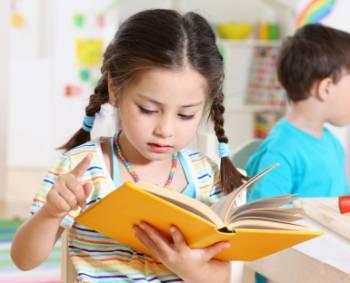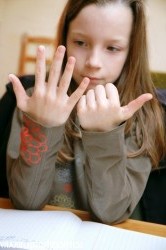
Theory of Multiple Intelligences and children
Human intelligence has different dimensions. In reference to this point, Professor Howard Gardner of Harvard University in 1993 developed a theory known as “multiple intelligences”, which reinforces the idea that there are different ways that people learn, represent, process information and understand the world around us
Dr. Gradner's theory
Through this theory, Dr Gardner concluded that intelligence is not something innate and fixed that dominates all the skills and problem solving abilities that humans possess, but that intelligence is located at different brain areas, interconnected and can work individually as well, taking ownership of widely developed if they find an environment that offers the necessary conditions.
When it comes to handle yourself in life, is not enough to have a great academic record. There are people of great intellectual capacity but who are unable for example of develop into social groups; on the contrary, there are fewer bright people at school who are succeeding in the business world or in their private life.
To be succeed!
To be succeed in business or in sports, needs to be smart, but in each field it requires a different type of intelligence. Neither better nor worse, but different. In other words: Einstein is no more or less intelligent than Michael Jordan, just their intelligence is in different fields.
Multiple Intelligences
According to the theory of Multiple Intelligences, we are all able to know the world through language, logical-mathematical analysis, spatial representation, musical thinking, the use of the body for solving problems or make things, an understanding of other individuals and ourselves. Where individuals differ is in the intensity of these intelligences and ways that those same uses and combines them to carry out different tasks, solve diverse problems and progress in various fields.
Today...
Today we speak about the development of the child, including all aspects (physical, sexual, cognitive, social, moral, language, emotional, etc.), in this is based the development of the theory of Multiple Intelligences.
Commonly the intelligences that has been most valued in the classroom are the verbal and mathematics one, however Gardner argues that each person has a different and independent skill. In some cases it will be more than one, the idea is to identify in order to empower them since the childhood


You know ...?
-
In childhood, positive emotions often favors a possible development of an optimistic, confident and outgoing personality which is the opposite occurred with the experience of negative emotions.
-
A child can be taught to control emotions from very small, and also must be taught to tolerate frustration. Low frustration tolerance is one of the most common reasons to be angry, irritated, dissatisfied or unhappy.

